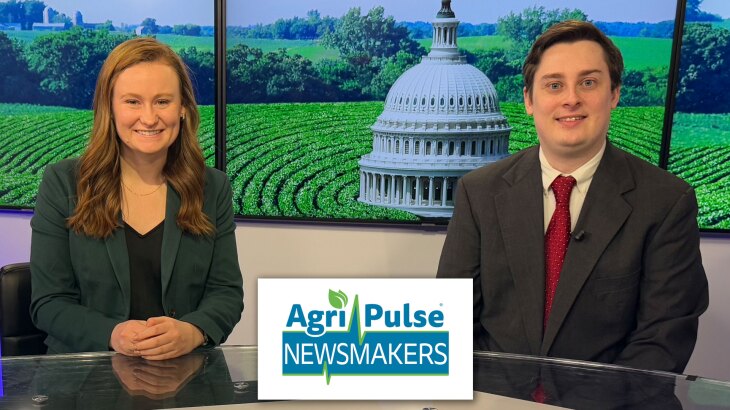More than half the Sooner state is suffering from significant drought, and it’s taking a toll on producers.
Clay Burtrum is a rancher. He’s also the vice president of operations with Farm Data Services.
He says the biggest issue has been adjusting for a lack of available water.
“Less than a quarter inch of rain in over 60 days. We’ve cleaned out some ponds, I’ve put in the water tanks. I used the drought commission money as it was commissioned to us to do. We have done those programs with the conservation commission, but now you look here we are in the middle of April- no significant rains to fill the ponds. I’m already hauling water to at least one set of cows, maybe have to sell some cows, and maybe have to haul some water to some more,” Burtrum said.
Creativity is in the blood of every rancher, and some have found clever ways to manage their herds.
But creativity only goes so far.
“Well, you can’t get creative when the wheat doesn’t grow, we can’t get the Bermuda grass to turn green, and so creativity will kind of go out the window when it comes to having to possibly sell some cows and depopulate the herd. But if you kind of look at the future and think about these things, we’ve overgrazed these pastures, our pastures need to rest. So, maybe we really need to think long and hard about doing some of those things. Letting our cattle population rejuvenate itself, heal our land, and use some regenerative agricultural practices,” Burtrum said.
He says it’s crucial every beef producer pays close attention to the markets and takes advantage of every opportunity.
“Look at the market. Take advantage of the market opportunities that you see. I don’t want to price ourselves out of the business. You have to look at what the marketing is telling you. And if that means maybe let your pasture rest, have an exit plan, too. Look at what the market is signaling to you to look at what opportunities are out there. For the young guy, it is probably not the time to get in this business. For the old guy, it might be time to get out,” Burtrum said.












